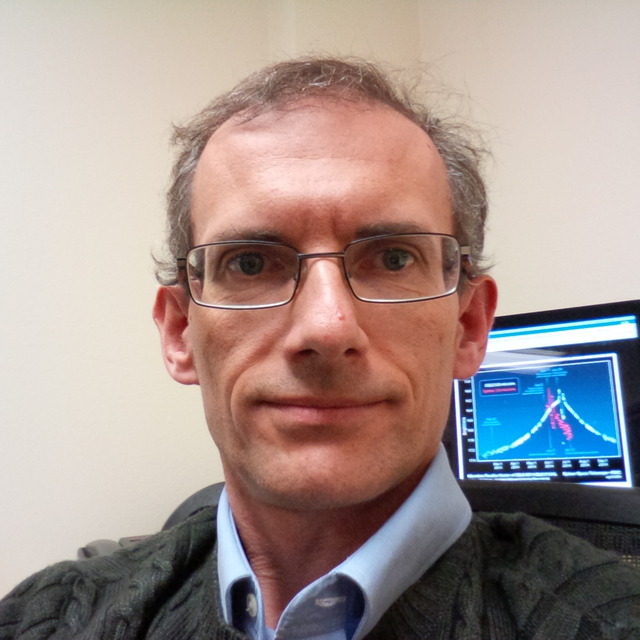September
2019
•
2019MNRAS.488.3308L
Authors
•
Li, S. -S.
•
Zang, W.
•
Udalski, A.
•
Shvartzvald, Y.
•
Huber, D.
•
Lee, C. -U.
•
Sumi, T.
•
Gould, A.
•
Mao, S.
•
Fouqué, P.
•
Wang, T.
•
Dong, S.
•
Jørgensen, U. G.
•
Cole, A.
•
Mróz, P.
•
Szymański, M. K.
•
Skowron, J.
•
Poleski, R.
•
Soszyński, I.
•
Pietrukowicz, P.
•
Kozłowski, S.
•
Ulaczyk, K.
•
Rybicki, K. A.
•
Iwanek, P.
•
Yee, J. C.
•
Calchi Novati, S.
•
Beichman, C. A.
•
Bryden, G.
•
Carey, S.
•
Gaudi, B. S.
•
Henderson, C. B.
•
Zhu, W.
•
Albrow, M. D.
•
Chung, S. -J.
•
Han, C.
•
Hwang, K. -H.
•
Jung, Y. K.
•
Ryu, Y. -H.
•
Shin, I. -G.
•
Cha, S. -M.
•
Kim, D. -J.
•
Kim, H. -W.
•
Kim, S. -L.
•
Lee, D. -J.
•
Lee, Y.
•
Park, B. -G.
•
Pogge, R. W.
•
Bond, I. A.
•
Abe, F.
•
Barry, R.
•
Bennett, D. P.
•
Bhattacharya, A.
•
Donachie, M.
•
Fukui, A.
•
Hirao, Y.
•
Itow, Y.
•
Kondo, I.
•
Koshimoto, N.
•
Li, M. C. A.
•
Matsubara, Y.
•
Muraki, Y.
•
Miyazaki, S.
•
Nagakane, M.
•
Ranc, C.
•
Rattenbury, N. J.
•
Suematsu, H.
•
Sullivan, D. J.
•
Suzuki, D.
•
Tristram, P. J.
•
Yonehara, A.
•
Christie, G.
•
Drummond, J.
•
Green, J.
•
Hennerley, S.
•
Natusch, T.
•
Porritt, I.
•
Bachelet, E.
•
Maoz, D.
•
Street, R. A.
•
Tsapras, Y.
•
Bozza, V.
•
Dominik, M.
•
Hundertmark, M.
•
Peixinho, N.
•
Sajadian, S.
•
Burgdorf, M. J.
•
Evans, D. F.
•
Figuera Jaimes, R.
•
Fujii, Y. I.
•
Haikala, L. K.
•
Helling, C.
•
Henning, T.
•
Hinse, T. C.
•
Mancini, L.
•
Longa-Peña, P.
•
Rahvar, S.
•
Rabus, M.
•
Skottfelt, J.
•
Snodgrass, C.
•
Southworth, J.
•
Unda-Sanzana, E.
•
von Essen, C.
•
Beaulieu, J. -P.
•
Blackman, J.
•
Hill, K.
Abstract
•
We present the analysis of the event OGLE-2017-BLG-1186 from the 2017 Spitzer microlensing campaign. This is a remarkable microlensing event because its source is photometrically bright and variable, which makes it possible to perform an asteroseismic analysis using ground-based data. We find that the source star is an oscillating red giant with average time-scale of ∼9 d. The asteroseismic analysis also provides us source properties including the source angular size (∼27 μas) and distance (∼11.5 kpc), which are essential for inferring the properties of the lens. When fitting the light curve, we test the feasibility of Gaussian processes (GPs) in handling the correlated noise caused by the variable source. We find that the parameters from the GP model are generally more loosely constrained than those from the traditional χ2 minimization method. We note that this event is the first microlensing system for which asteroseismology and GPs have been used to account for the variable source. With both finite-source effect and microlens parallax measured, we find that the lens is likely a ∼0.045 M⊙ brown dwarf at distance ∼9.0 kpc, or a ∼0.073 M⊙ ultracool dwarf at distance ∼9.8 kpc. Combining the estimated lens properties with a Bayesian analysis using a Galactic model, we find a ∼ 35{{ per cent}} probability for the lens to be a bulge object and ∼ 65{{ per cent}} to be a background disc object.
Links




